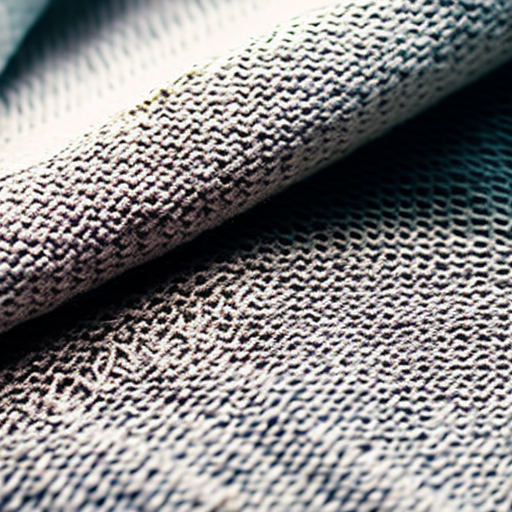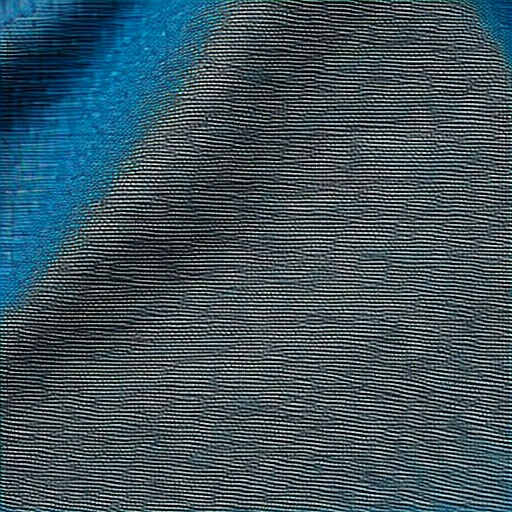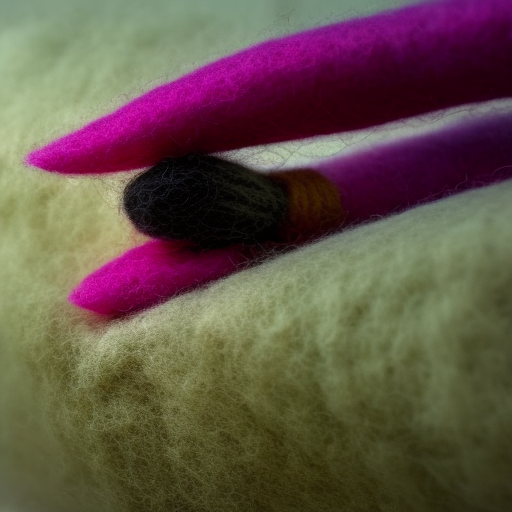
Sewing is a wonderful skill that allows us to create unique and personalized garments. While many people rely on sewing machines for faster and more precise stitching, sewing jersey fabric by hand can be a rewarding experience that offers more control over the final outcome.

Jersey fabric, known for its stretch and comfortable texture, is commonly used in making t-shirts, dresses, and many other clothing items. Working with this fabric by hand requires some specific techniques to ensure a seamless and professional-looking outcome.
Equipment and Materials
- Jersey fabric
- Sharp hand sewing needles
- Thread (preferably polyester or cotton)
- Sharp fabric scissors
- Pins or clips
- Tape measure or ruler
Preparation
Before getting started, it is crucial to wash and iron the jersey fabric to avoid any shrinkage or distortion after sewing. Also, keep in mind that jersey fabric tends to curl at the edges, so you may want to consider using weights or fabric clips to keep it in place during sewing.
Hand Sewing Techniques
1. Basting Stitch: When starting a sewing project with jersey fabric, it is advised to create a basting stitch. This is a long and loose stitch that temporarily holds the fabric pieces together. It allows you to fit the garment without causing extra stress on the fabric.
2. Straight Stitch: Once you are satisfied with the fit, you can proceed to sew with a straight stitch. Ensure your stitches are small and even, and aim to sew around 12 stitches per inch. This will help maintain the fabric’s stretch while providing enough strength to hold the garment together.
3. Finishing Techniques: To prevent the fabric from unraveling, use a backstitch or knot to secure the end of your stitching. You can also consider reinforcing high-stress areas, such as armholes or necklines, with a double row of stitching.
4. Seam Finishes: Jersey fabric doesn’t fray easily, so seam finishes are not always necessary. However, you can still trim the excess fabric and finish the edges with a zigzag stitch or serger if desired.
Troubleshooting Tips
– When sewing jersey fabric, avoid using too much tension. This may cause the stitches to pucker and distort the fabric’s stretch.
– Use a ballpoint or stretch needle specifically designed for knit fabrics to prevent snagging or damaging the fabric weave.
– Experiment with different stitches and thread colors to add decorative elements to your jersey fabric projects.
Remember, sewing jersey fabric by hand might require some practice, but the efforts will result in beautifully crafted garments tailored to your preferences. So, gather your supplies, unleash your creativity, and enjoy the journey of creating unique pieces with jersey fabric!
Happy sewing!





Wow, I hadn’t thought of that. Very cool! This tutorial looks great for those new to sewing jersey fabric! It’s really helpful having visual step-by-step instructions.
This is definitely a great tutorial! I love the diagrams, they make it look so simple!
Kudos to the author for providing this valuable guide – it looks like a great resource for anyone trying to tackle sewing jersey fabric by hand!
Absolutely! I’m so glad this tutorial is here as it really makes the process easier and clear to understand. It’s definitely an impressive guide to tackle sewing jersey fabric by hand!
This tutorial looks really comprehensive – the diagrams are super helpful and make it much easier to understand and tackle the task of sewing jersey fabric by hand!
This is a great tutorial! The diagrams make the concept easy to understand and I’m sure it is a great resource for those wanting to sew jersey fabric by hand. Thanks for sharing this awesome guide!